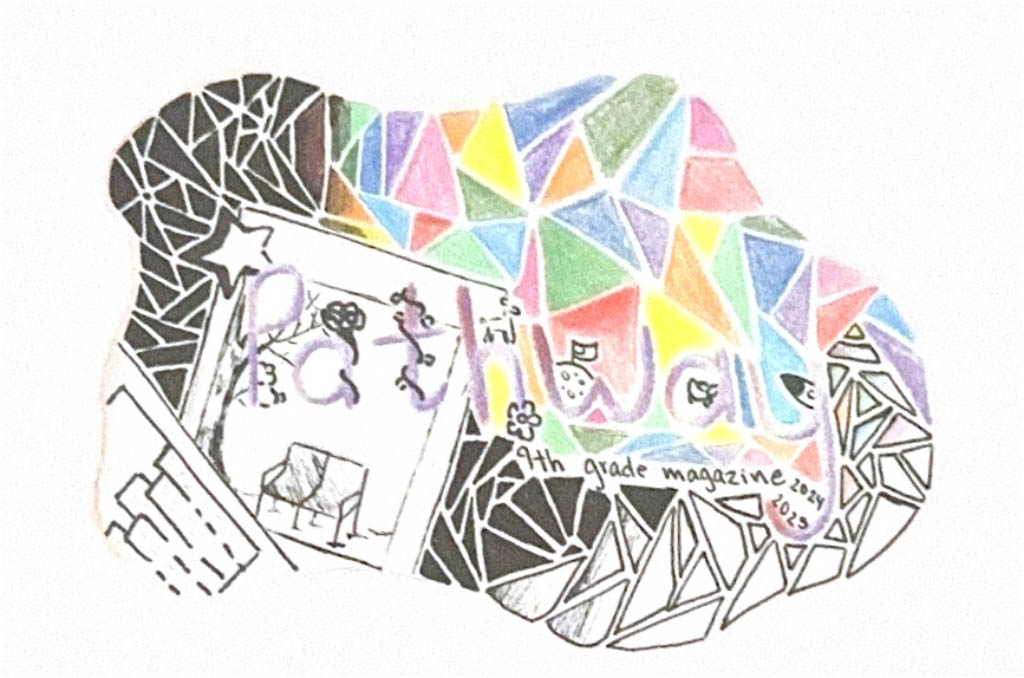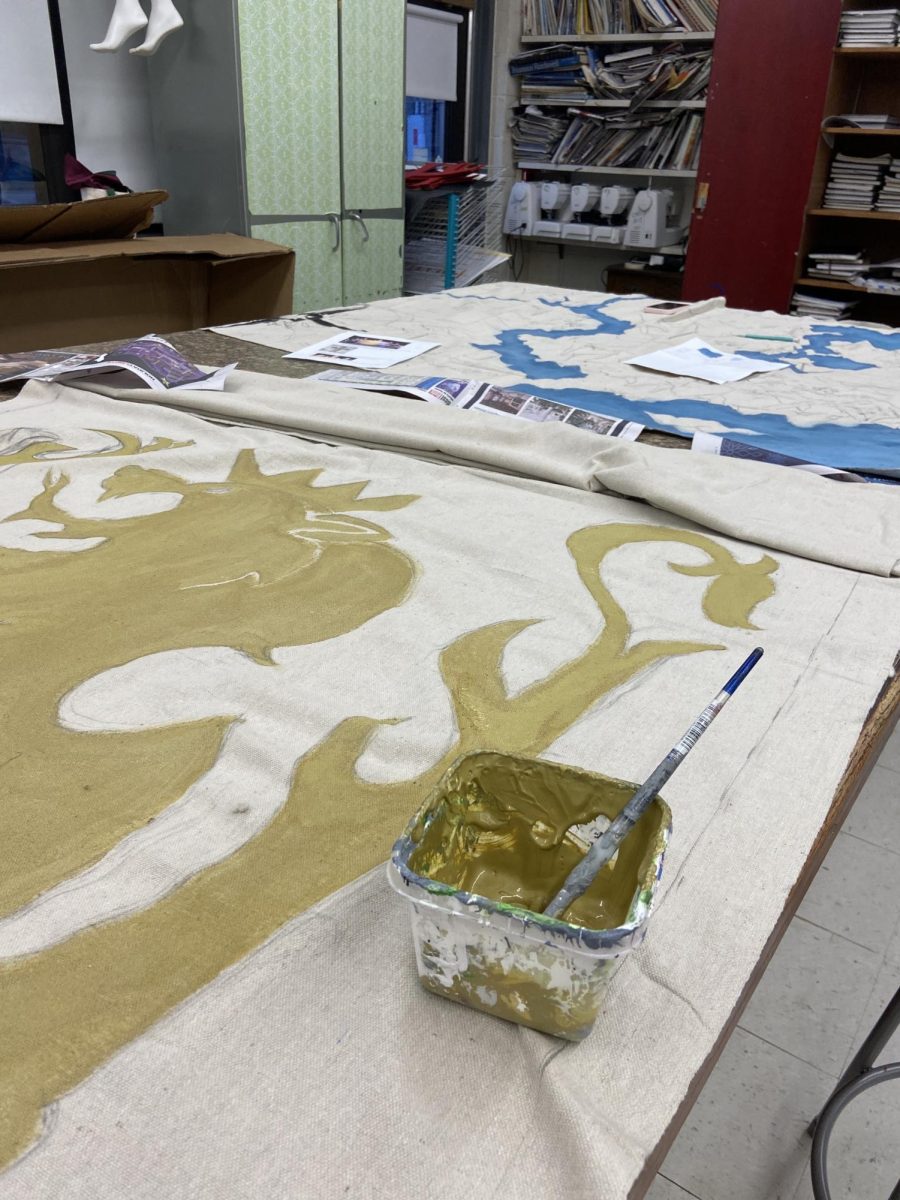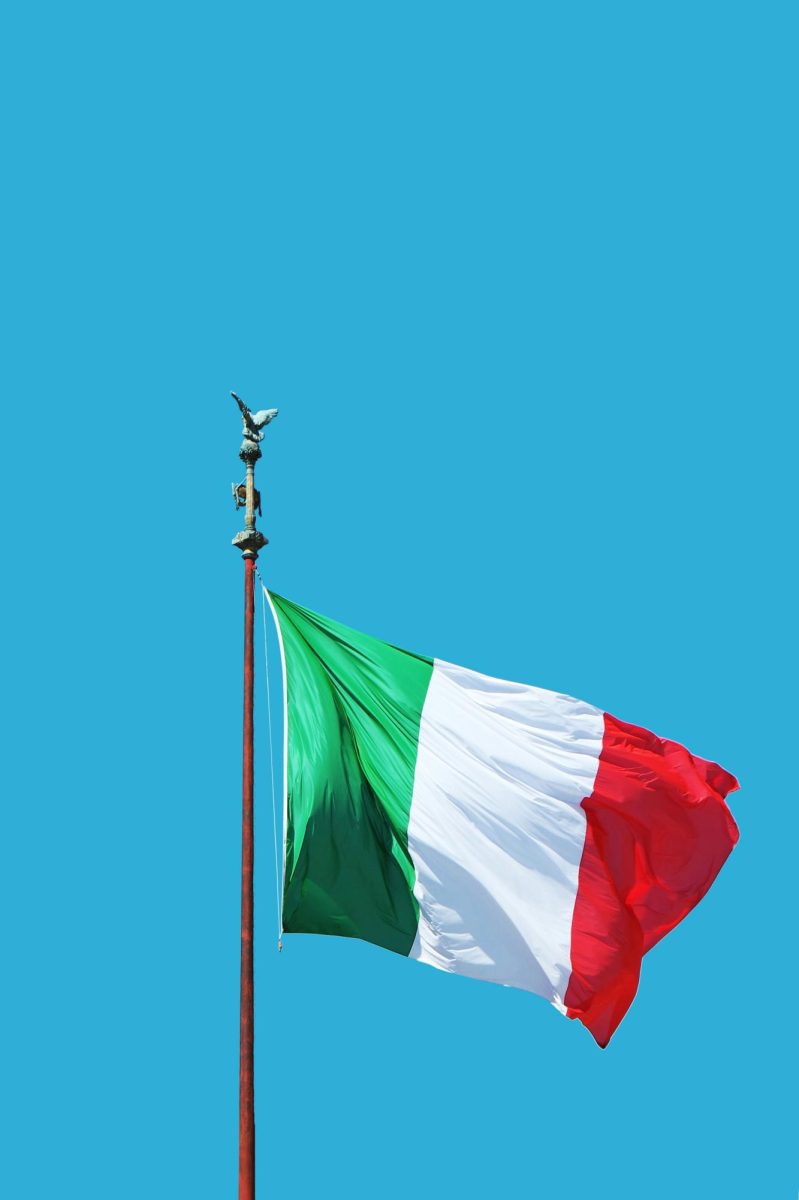Through The Courant, and beyond, journalists have been forced to adapt to the growing trend of digitization.
Journalism has gone through a significant change throughout the past decade. The switch from print to digital media can be seen in most publications, from Commack’s Courant to various global media outlets. While The Courant is fully digital now, it was a physical newspaper for most of its history.
“Kids had to hand in their stories on actual physical disks and then we had to send that out to a company who would then print them out in column strips and then we would literally cut and paste our layouts on big boards,” said Courant adviser since 2001, Christina Semple.
Semple, along with Courant writers, noticed the growing digitization of news and planned on moving The Courant online during the 2019-2020 school year. This process was expedited by the COVID-19 pandemic, which forced Semple and the newspaper staff to find a way to get stories out from home.
“That year we had published an actual physical newspaper for our first edition and we were starting to research how we could go digital […] and then in March of 2020 we were all […] forced to rethink how we were going to publish [from home] and we went the route of the website so that we could get our stories out there and it […] was the natural progression of moving from the physical copies to the digital [website],” said Semple.
The creation of the website was a challenge, but it had positive aspects that continue to benefit the publication.
“…you can post a story whenever you want, I think that’s pretty cool and it’s a great resource,” said Courant editor-in-chief, Emma S.
As the school years go by, The Courant’s website and style has evolved and is now home to a large catalog of articles.
“…I think right now we’re [still in] a state of growth and transition…I think that we’re in a really good place with the website, it is looking the best that it has been since we started…”, said Semple.
This trend of digitization hasn’t just affected The Courant, but it has had a massive shift on the journalism industry as a whole.
“I would classify this moment in journalism as the post-digital revolution. We’re now well more than a decade after the first wave of digital-only news sites upended the industry, crushed local print newsrooms, and forced the legacy newspapers to expand their digital footprint to meet the moment,” said Hannah Sarisohn ‘13, current assignment editor at NY1 News and former US correspondent for the Jerusalem Post.
While convenience has come with the expansion of online news, there are many problems that can be attributed to the digitization of news.
“The digital news world that revolutionized print is now struggling to stay afloat in the creator and independent media era, as well as the tumultuous political climate that’s led to both an overall news fatigue and increasing distrust in traditional news,” said Sarisohn, who was co-editor in chief of the volume 25 of The Courant during the 2012-2013 school year.
Media companies also have to adapt to the consequences of the digital age, which includes adjusting for short attention spans and demands for quick, easy to access information.
“Newspapers also can no longer be viewed as just a print product and website. All news organizations need to exist as multi-platform operations to survive,” said Sarisohn.
Even though these changes have altered the ways in which individuals view news, core elements of journalism have remained intact.
“Strong writing, researching, and interviewing skills, journalistic ethics[,] and editorial judgement are necessary whether working for a newspaper, local or network news station, podcast or as [an] independent blogger,” said Sarisohn.
These global trends in journalism have led to print newspapers being rare, which explains the elimination of a physical Courant newspaper. The Courant has had to maintain its stature by following these global media trends.
“Our newspaper tries to model what happens in the real world, at real publications, as best as we can, and that’s why our journalism is solid,” said Semple.
From The Courant to global publications, digitization has left its controversial mark on the journalism world.◼️









